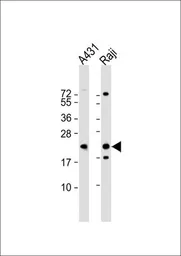LMP2 antibody, C-term
Cat. No. GTX81175
Cat. No. GTX81175
-
HostRabbit
-
ClonalityPolyclonal
-
IsotypeIgG
-
ApplicationsWB IHC-P FCM
-
ReactivityHuman



